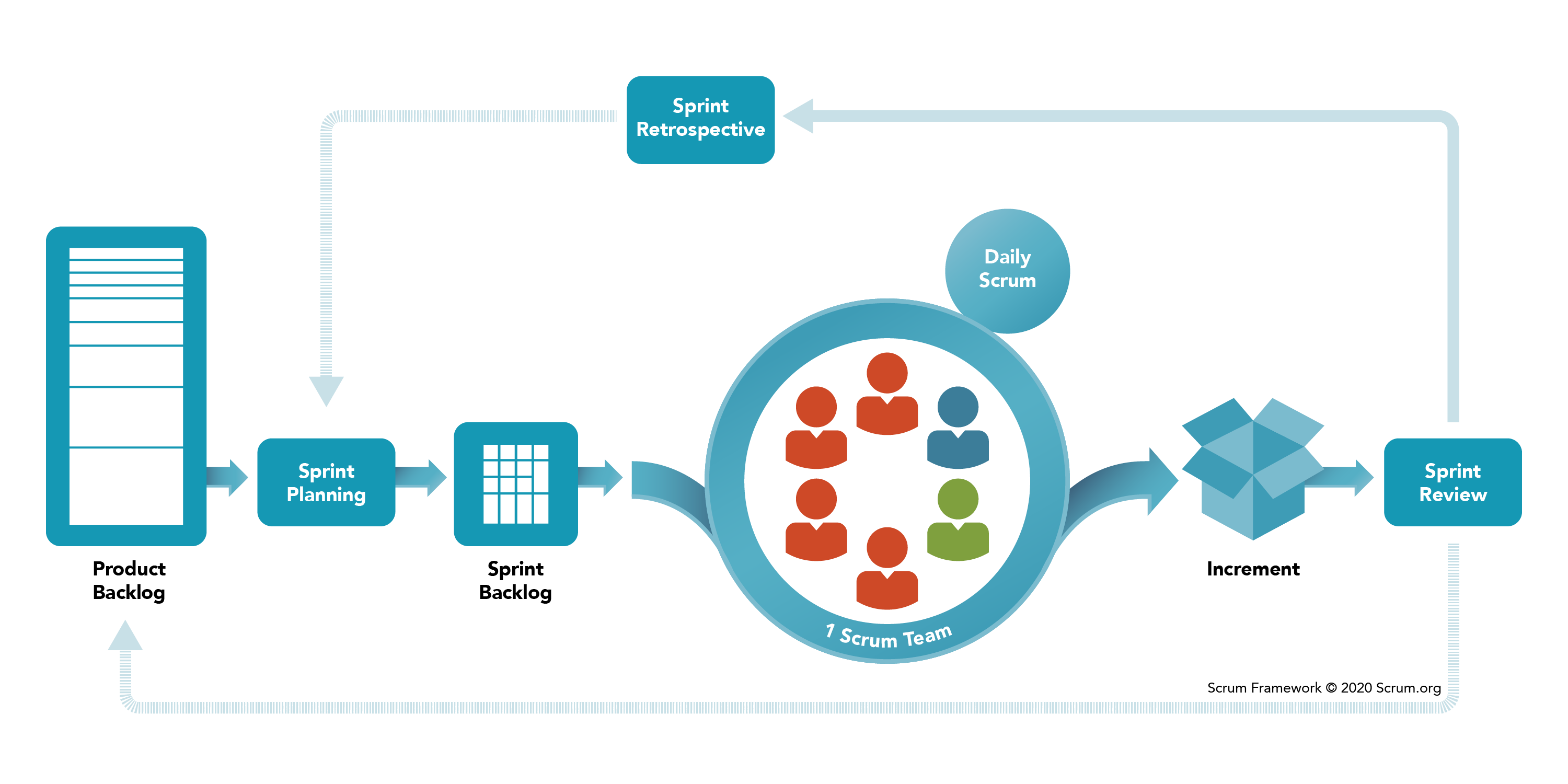What is Scrum?
Scrum is a lightweight and agile framework for heuristic project management.
While it was primarily created for software development, Scrum can also be applied in several other fields such as research, sales, and technology.
The do’s and don’t’s
A Scrum team typically consists of less than ten members and includes the following roles:
- Scrum Master
- Product Owner
- Developer
For the effective implementation of Scrum, it is imperative that each member understands the span and limits of their role.
Scrum Master
Do's | Don't's |
Active communication and involvement | Team management |
Engaging team to navigate through the project | Acting on behalf of the project manager |
Trusting through accountability | Making decisions on behalf of the team |
Promotion of self-organization | Assigning tasks to team members |
Project Owner
Do's | Don't's |
Finalising the deliverables of the project | Direct involvement with the team |
Finalising the timeline of the project | Pressurising the team for fast results |
Prioritising features according to market standards | Changes in the sprint after its commencement |
Finalising the end product | Setting targets for the sprint |
Free Resources
